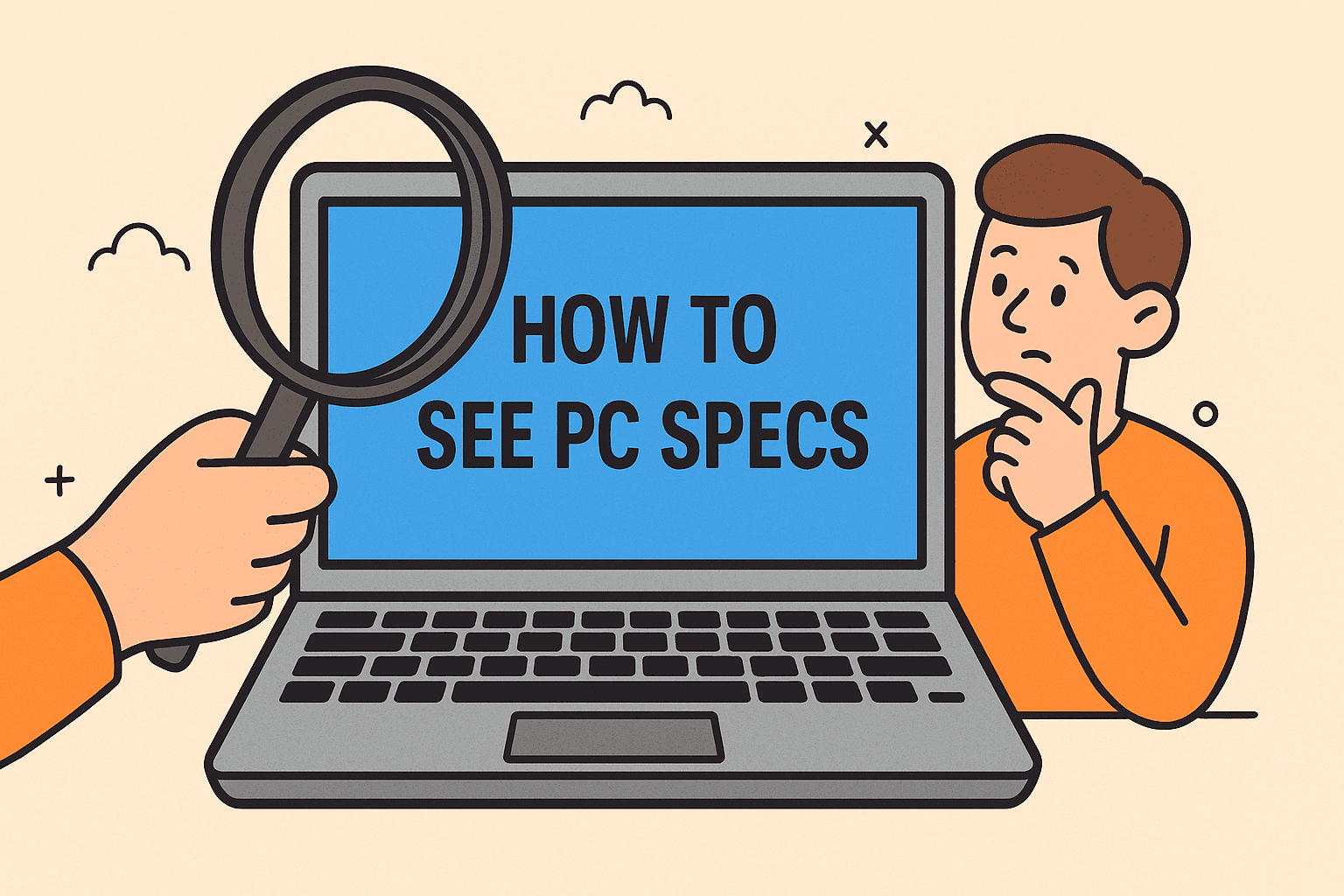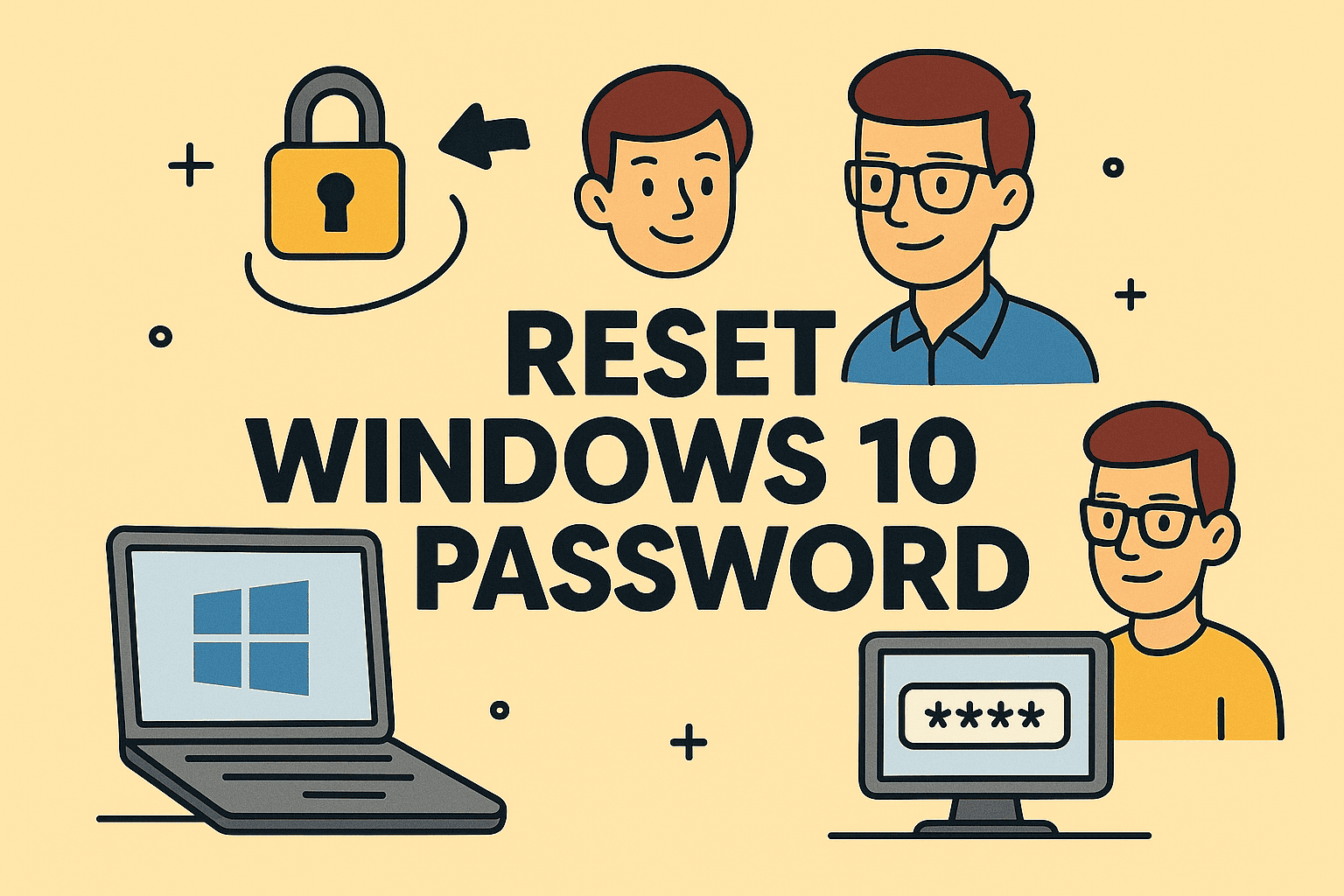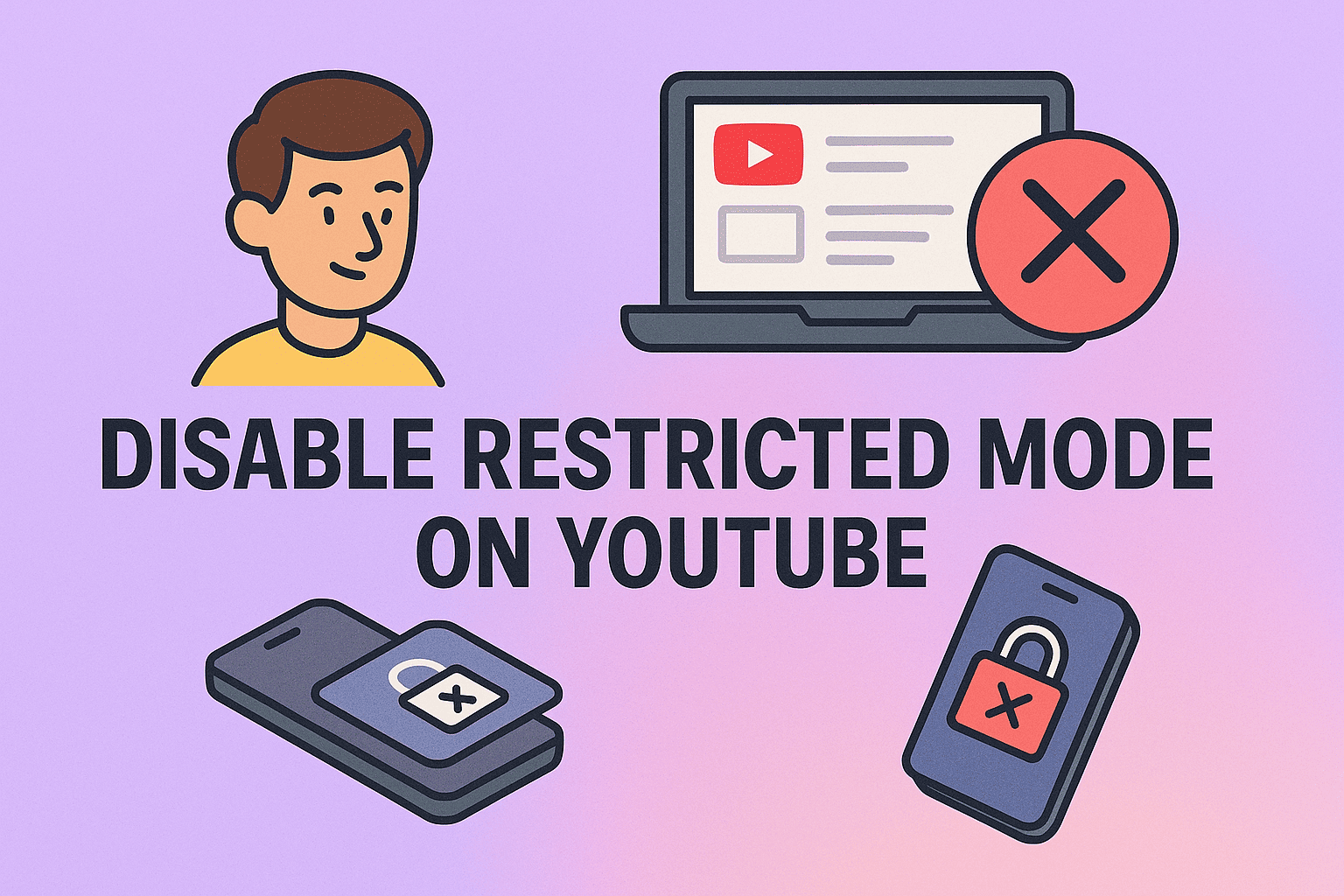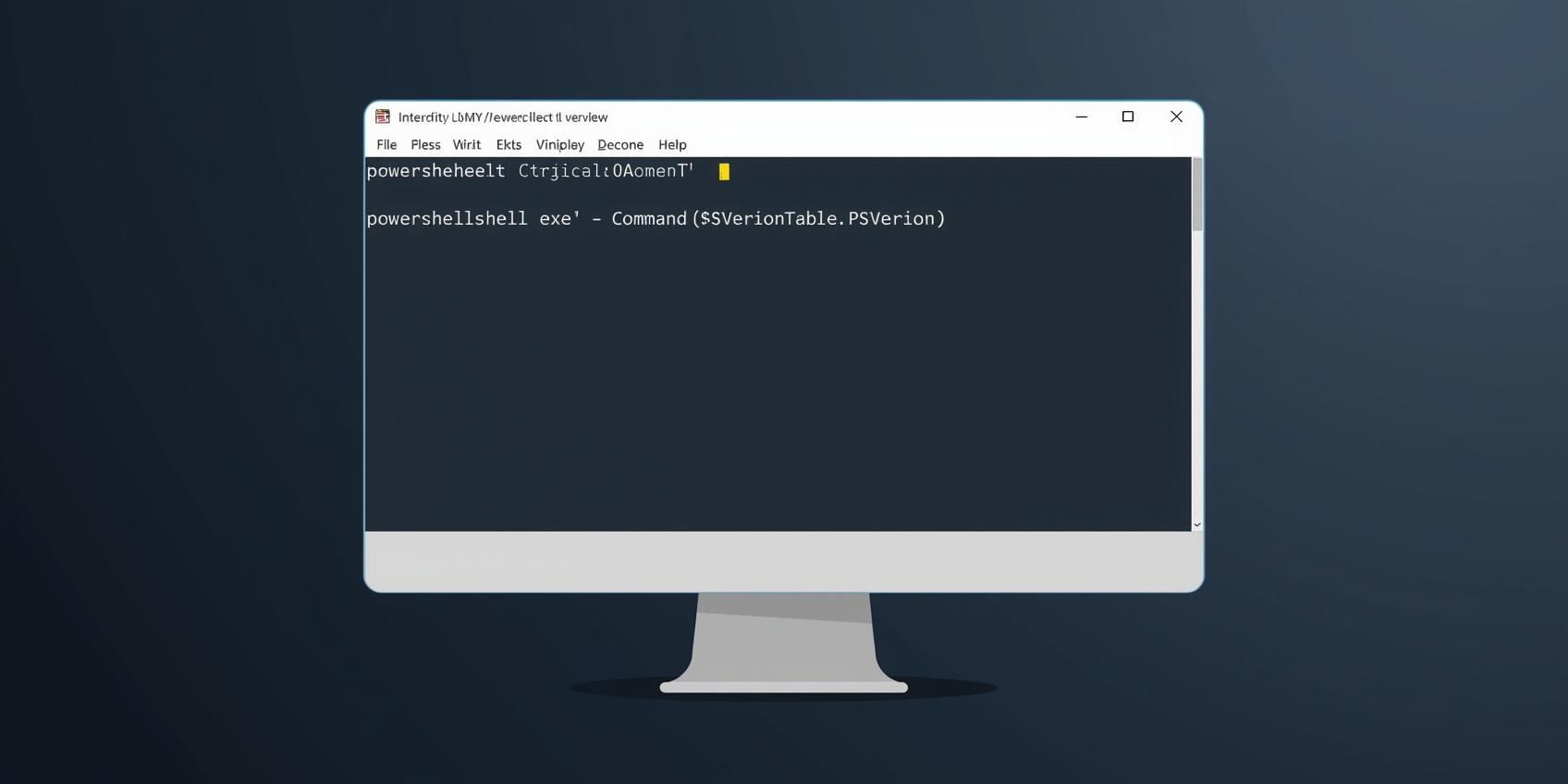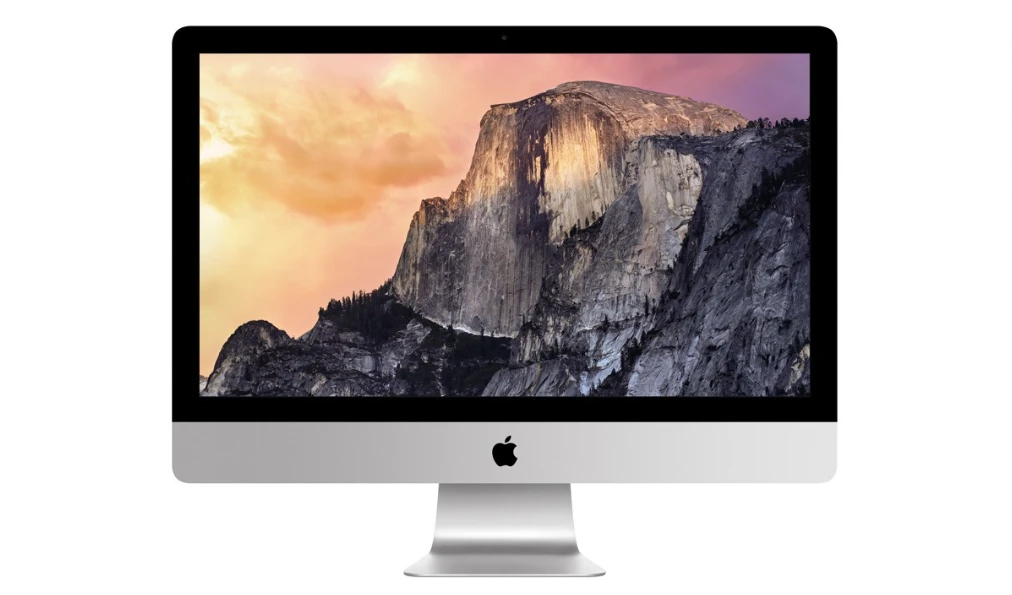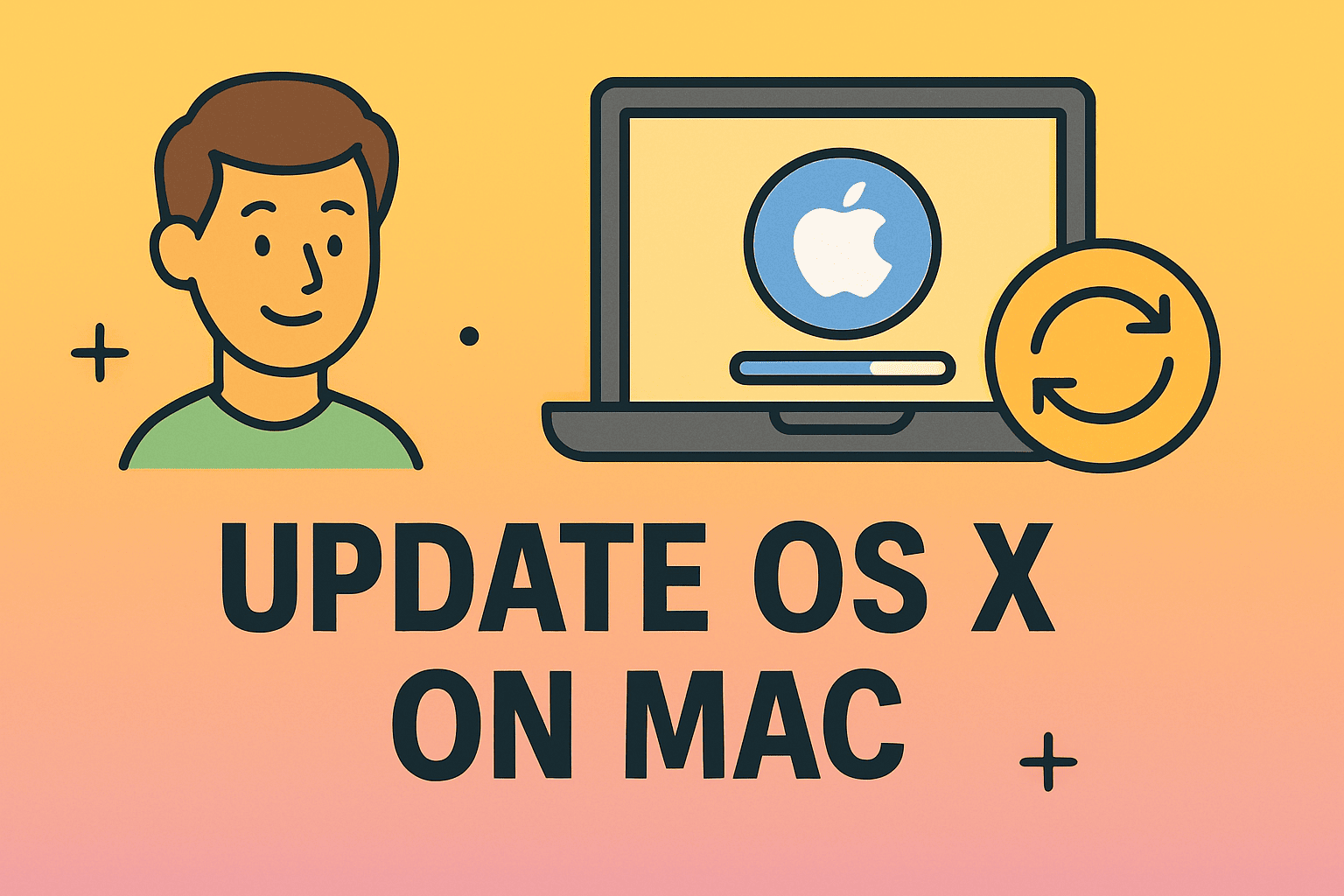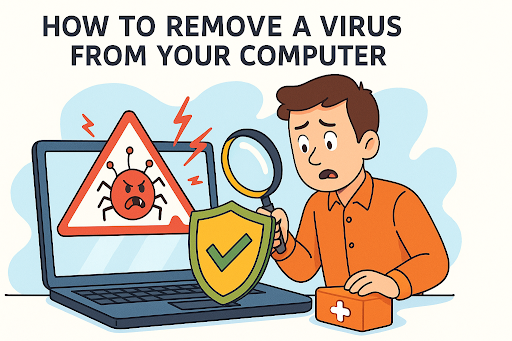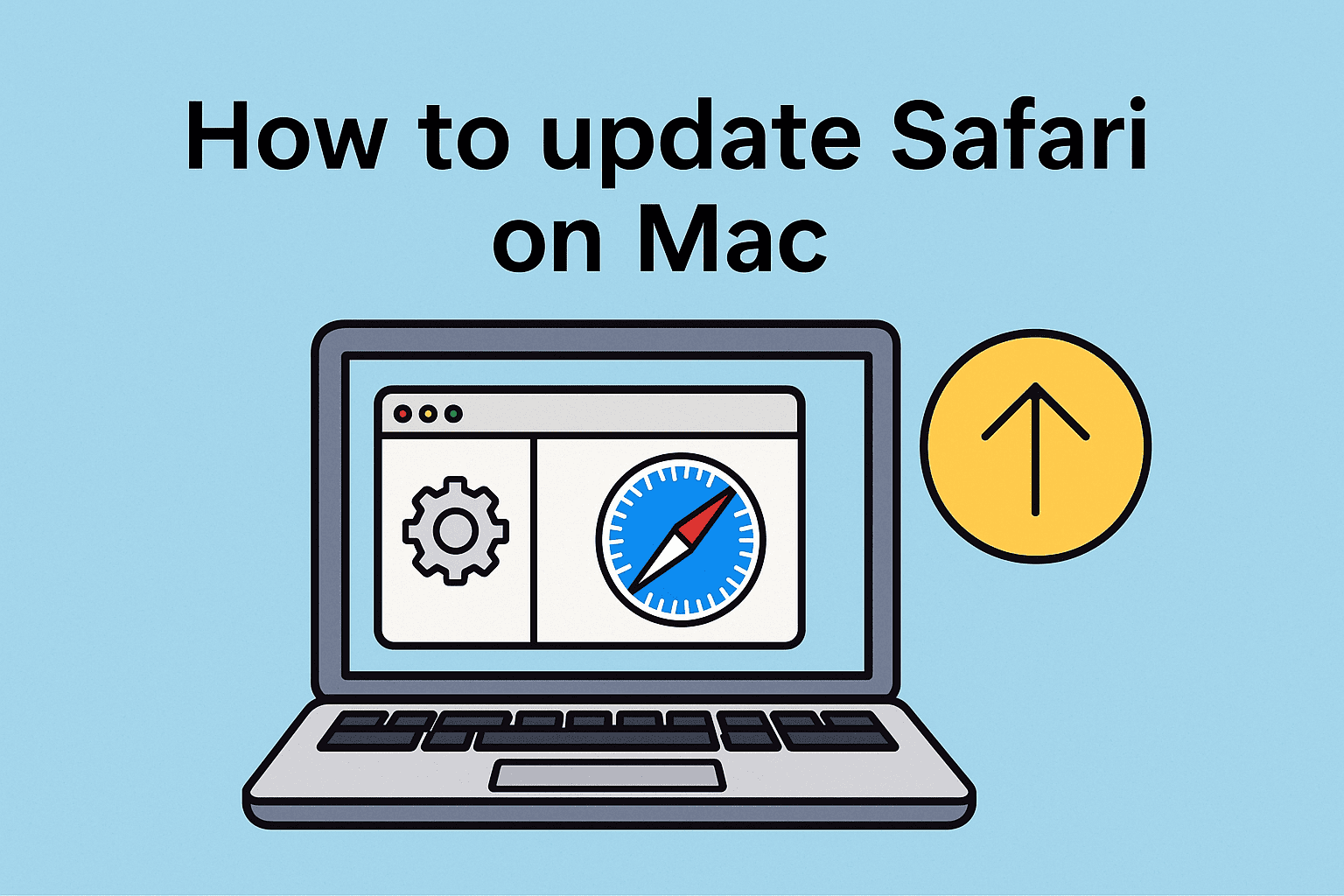Why You May Need to View Hidden Folders
Updated on August 4, 2025, by ITarian
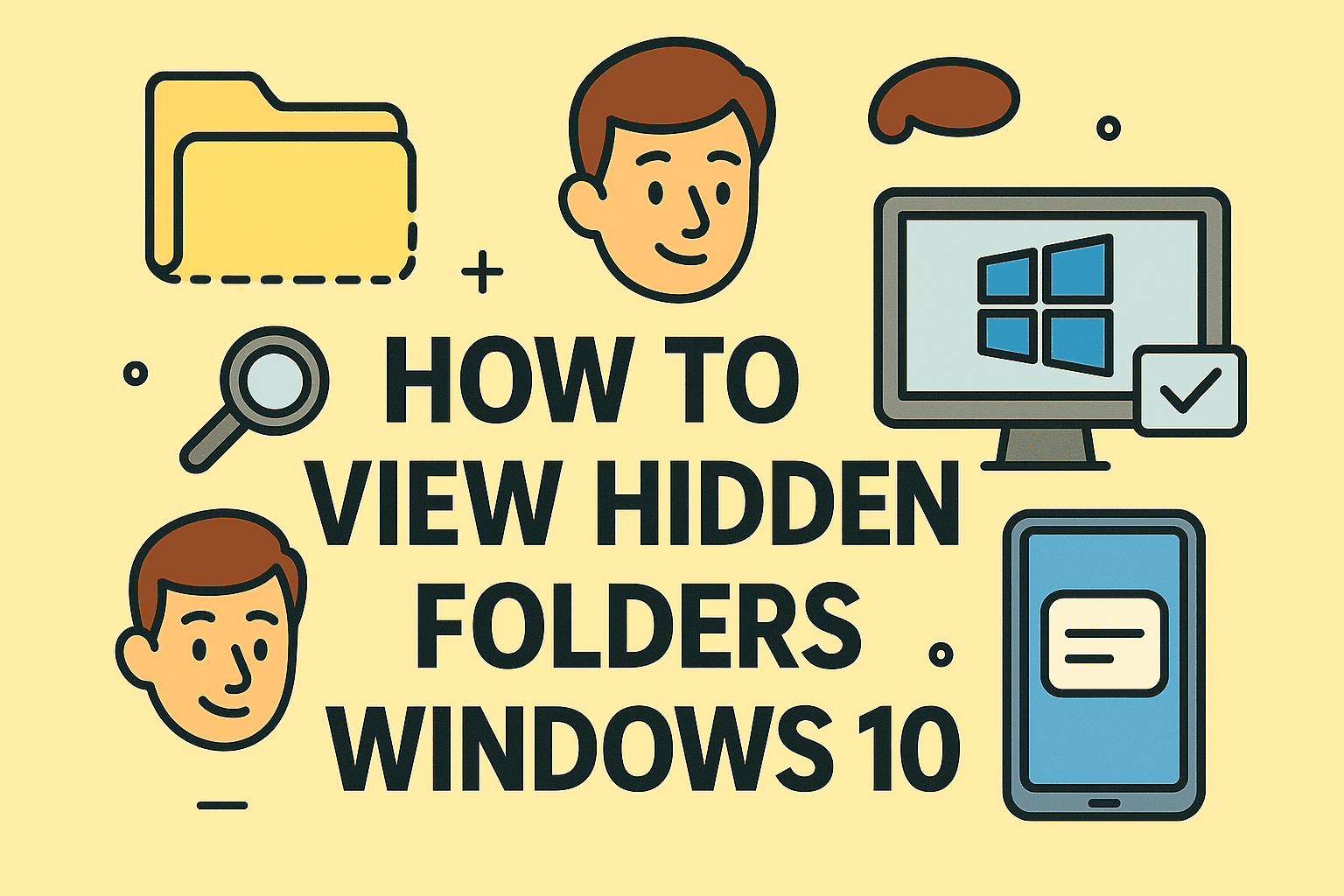
Have you ever searched for a folder on your PC only to find out it was hidden? Whether you’re managing IT infrastructure, safeguarding sensitive data, or troubleshooting system errors, knowing how to view hidden folders in Windows 10 is a fundamental skill.
Hidden folders are often used to protect important system files or keep configuration files out of sight. But when you’re dealing with diagnostics, cybersecurity audits, or software configuration, you’ll likely need to access these folders.
This comprehensive guide walks you through every method—from File Explorer to Command Prompt—to reveal hidden folders safely and effectively.
🔑 Why Are Folders Hidden in Windows 10?
Windows 10 hides certain folders by default to:
- Protect system integrity
- Prevent accidental deletion or modification
- Secure application or user configuration data
Examples include:
- AppData (user data/configs)
- ProgramData (shared settings)
- System Volume Information (restore data)
But if you’re in cybersecurity, IT management, or development, you often need access for:
- Malware analysis
- System troubleshooting
- Forensic auditing
🛠️ Method 1: View Hidden Folders via File Explorer (Easiest Way)
This is the most user-friendly way to access hidden folders.
Steps:
- Open File Explorer (Windows + E)
- Navigate to any directory
- Click on the “View” tab on the ribbon
- Check the box for “Hidden items”
✅ Once enabled, hidden folders and files will appear with a slightly faded (transparent) icon.
Example: C:\Users\YourName\AppData becomes visible.
⚙️ Method 2: Using Control Panel (Classic View)
Ideal for admins who prefer traditional interfaces.
Steps:
- Open Control Panel
(Press Windows + R, type control, and hit Enter) - Go to Appearance and Personalization
- Click File Explorer Options
- In the pop-up, go to the View tab
- Under Advanced Settings, choose:
- ✔ “Show hidden files, folders, and drives”
- ❌ Uncheck “Hide protected operating system files” (for full access)
- Click Apply and then OK
⚠️ Warning: Unhiding protected system files can expose critical OS files. Proceed carefully.
🖥️ Method 3: Reveal Hidden Folders with Command Prompt
Great for scripting or remote administration.
Steps:
- Open Command Prompt as Administrator
(Right-click Start > Command Prompt (Admin) or use PowerShell)
Run this command to list hidden folders:
bash
CopyEdit
dir /ah /s “C:\Your\Path\Here”
-
- /a: Shows all files
- h: Filters hidden files
- /s: Scans subfolders recursively
To unhide a folder, use:
nginx
CopyEdit
attrib -h “C:\Your\HiddenFolder”
✅ Useful for malware remediation or file recovery tasks.
🧠 Understanding Folder Attributes in Windows
Each folder in Windows can have certain attributes:
- H: Hidden
- S: System
- R: Read-only
- A: Archive
You can view and change these attributes using the attrib command, which is essential in cybersecurity for manipulating quarantined or stealth files.
🧩 Common Hidden Folders You Might Need Access To
Here are some common directories you’ll likely encounter in your security or IT work:
| Folder Path | Purpose |
| C:\Users\YourName\AppData | Stores app settings per user |
| C:\ProgramData | Global app settings |
| C:\System Volume Information | System restore and snapshots |
| C:\$Recycle.Bin | Deleted items for all users |
Use these responsibly—especially during malware analysis, log reviews, or performance debugging.
🛡️ Security Implications of Hidden Folders
Understanding how to view hidden folders in Windows 10 is essential for:
- Threat hunting (malware often resides in hidden folders)
- Data forensics (to examine deleted or obfuscated evidence)
- User auditing (check for unauthorized software or logs)
🔐 Best Practice: Re-hide sensitive system files after you’re done to prevent accidental modification or malware exploitation.
💡 Bonus: Use PowerShell to Toggle Hidden Files Programmatically
Here’s a quick PowerShell script to toggle hidden files view in the Registry:
powershell
CopyEdit
Set-ItemProperty -Path “HKCU:\Software\Microsoft\Windows\CurrentVersion\Explorer\Advanced” -Name Hidden -Value 1
Set-ItemProperty -Path “HKCU:\Software\Microsoft\Windows\CurrentVersion\Explorer\Advanced” -Name ShowSuperHidden -Value 1
Stop-Process -Name explorer -Force
Start-Process explorer
✅ Useful for deployment scripts or remote admin tasks.
📌 Summary: Choose the Right Method
| Method | Best For | Skill Level |
| File Explorer | Quick visibility | Beginner |
| Control Panel | Granular control | Intermediate |
| Command Prompt | Power users & admins | Advanced |
| PowerShell | Automation & scripting | Expert |
❓FAQs About Viewing Hidden Folders in Windows 10
1. Can I unhide protected operating system files?
Yes. Use Control Panel > View tab > uncheck “Hide protected operating system files”. Be cautious—modifying these files can break the OS.
2. Why are my hidden folders not showing up even after enabling the option?
You might need to uncheck “Hide protected OS files” or ensure you have proper permissions.
3. Is it safe to unhide folders on shared systems?
Only if necessary. On shared systems, consider using admin-only accounts for these actions to prevent misuse.
4. Can malware hide in hidden folders?
Absolutely. Many advanced threats use hidden/system attributes to evade detection. Regularly scan with EDR tools.
5. Can I hide my own folders for privacy?
Yes. Right-click any folder > Properties > Check “Hidden”. It won’t show up unless hidden items are enabled.
🚀 Final Thoughts
In cybersecurity and IT, even the smallest hidden folder can make the biggest difference. Whether you’re auditing a machine, troubleshooting a rogue process, or recovering lost data, knowing how to view hidden folders in Windows 10 is critical.
👉 Want to level up your endpoint protection and system control?
Start your FREE Itarian trial today and empower your IT operations with next-gen visibility and automation.

